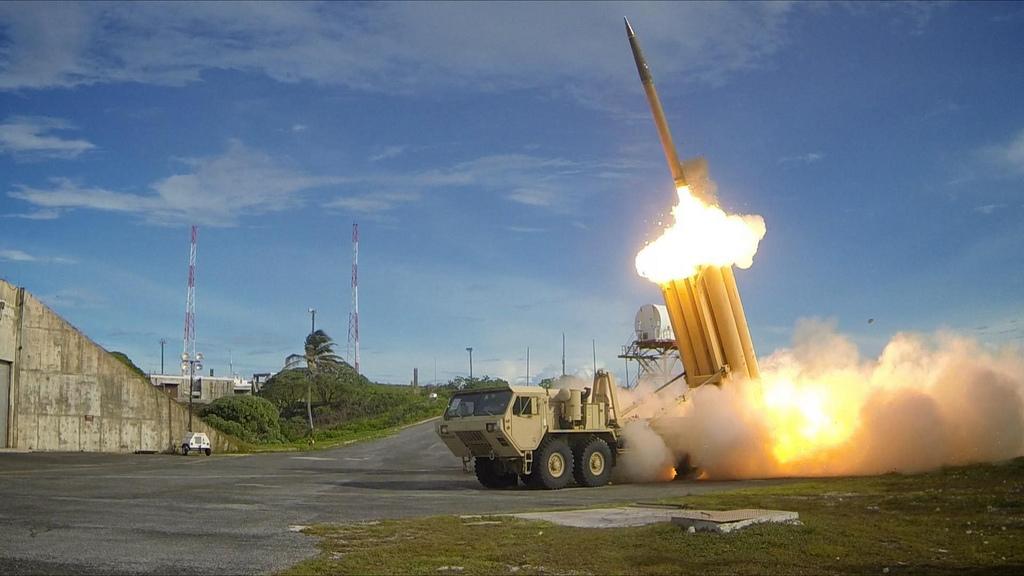As North Korea has continued to test and develop its nuclear program, as well as the rockets that could deliver a nuclear weapon even further, America has begun the deployment of defensive technologies in South Korea.
Pieces of the Terminal High Altitude Area Defense system arrived in South Korea early this month, according to CNN, following a missile test by North Korea. The deployment of THAAD, which was announced in July, has largely been opposed by the Chinese, who say that the presence of the technology in the area undermines their own defense interests.
While THAAD, which works by detecting incoming rockets via radar and shooting them down with smaller rockets, could prevent a small number of rockets fired south over the border from reaching their target, the system could be ineffective against a large number of rockets fired nearly simultaneously. The system would also be unable to protect the country from missiles fired from the sea that surrounds it on three sides. The continually eroding political stability in Asia, including nuclear tests by North Korea despite mounting sanctions, as well as the deployment of THAAD, were regular topics of conversation for U.S. Secretary of State Rex Tillerson, who visited South Korea, China and Japan in the past week two weeks, according to NPR.
Early events in Tillerson’s visit caused concern as he stated the United States would not rule out a pre-emptive strike on North Korea. His later visit to China offered some reassurance, as the major power in the area expressed dedication to working with the United States on controlling North Korea to prevent such an event. North Korea has shown no such dedication, releasing a propaganda video over the weekend that depicted the destruction of U.S. targets, according to the New York Post.
Despite increasing funding for the military while cutting funding in other areas, the Trump administration has failed to fill a number of other state and defense positions, according to the New York Times.
While most of the top level cabinet positions that proved controversial early in Trump’s presidency have since been approved by Congress, there are over 500 administrative and managerial positions that are still empty. Trump has defended the vacancy of key positions by saying that it is part of his plan to streamline the federal government. Critics have pointed out that this may set a record for transition lag, while members of Trump’s staff have said that the positions are taking so long to fill because previous presidents arbitrarily gave important positions to people who helped their campaigns and Trump is being more careful with the process.
In addition to conflicting with Trump’s explanation, this explanation is also inconsistent with allegations that many of the positions that Trump has filled so far are people who have contributed to his campaign. Examples include the appointment of Trump’s son-in-law Jared Kushner to a senior advisor position. The filling of other key cabinet positions have been delayed or undone by staff members stepping down or being disqualified during the approval process. Examples include would-be Army Secretary Vincent Viola, who was found to have multiple conflicts of interest and Michael Flynn who resigned his position as National Security Advisor last month after it was found that he had communications with Russia despite telling Trump and other federal positions to the contrary.


